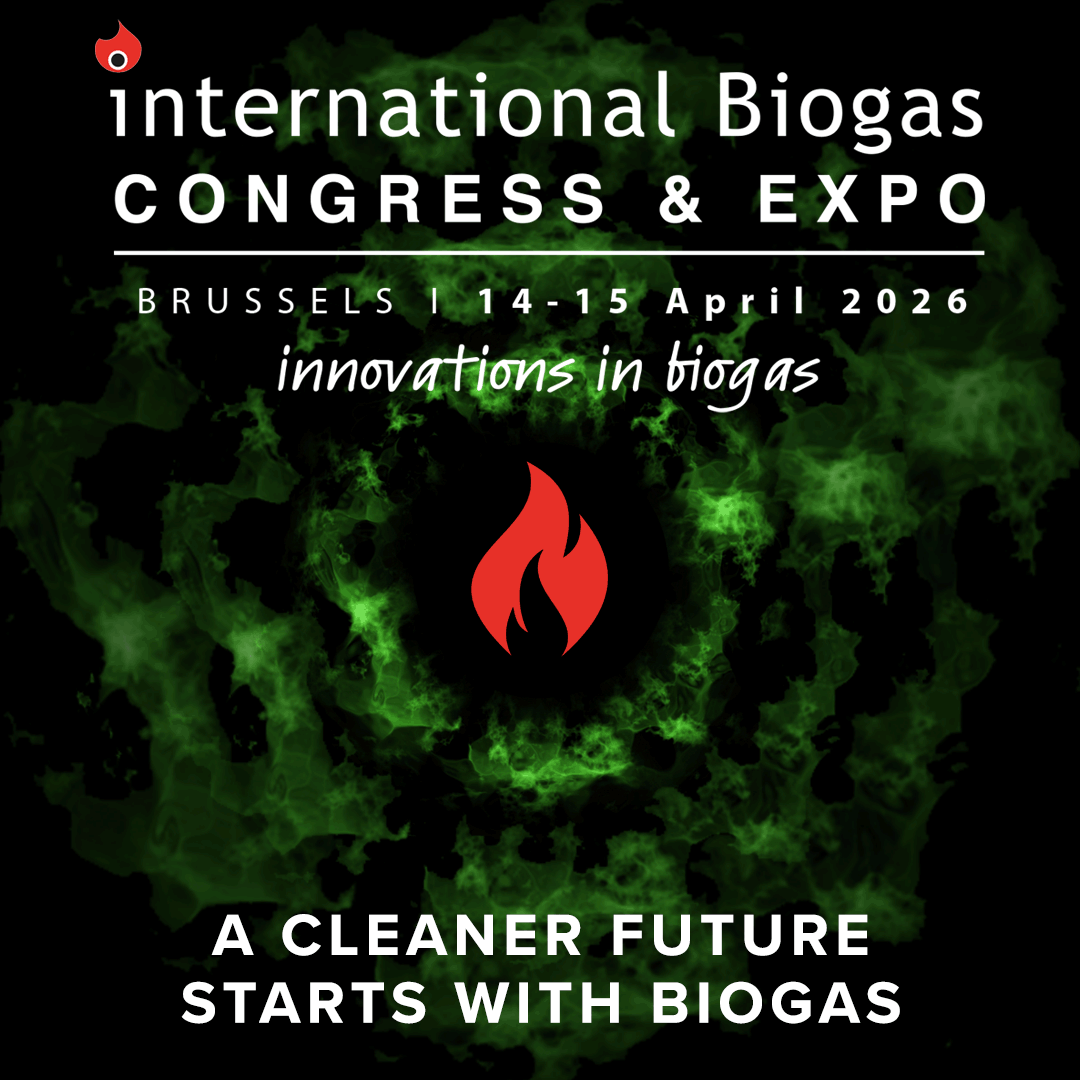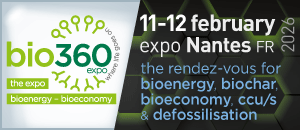EBA conference 2018: opportunities abound, but a rocky road ahead
At the annual get-together, the biogas industry looked for ways to strengthen in the political and public consciousness how it can help in the transition to clean energy.
Held in Antwerp, the yearly conference for the European Biogas Association had added consequence on a backdrop of the EU’s impending Renewable Energy Directive for 2020-2030 (RED II) and Brexit.
The conference’s ‘Greening Gas’ theme sought to expand awareness of biogas’ applications. Power-to-gas was a chief subject here. If you could produce gas with electric power produced by clean sources like wind and solar and store it, the practicality of those sources as a source of power would improve sharply. The EBA president, Jan Štambaský, noted in an interview with Bioenergy Insight that the association has cultivated relationships with dozens of gas companies and associations, a contrast to the adversarial dynamic between biofuel producers and the oil industry. The injection of biogas into the grid presents mutual opportunity: access to vast transmission and distribution networks for biogas producers and a way for the gas companies to continue operating through the transition to a carbon-free economy. As well as a (in the biogas industry’s opinion, prohibitively expensive) transition to an all-electric power system, this power-to-gas technology presents a viable option for an all-clean energy network.
What is holding this back is the political environment, with different support systems for the industry in each nation and the uncertainty over RED II.
Biogas is a technology that could hustle its way into a number of sectors and applications. Not least of these is into transport, with the adoption of compressed natural gas (CNG) being seen powering commercial vehicles in the UK (the notable example being John Lewis) and a substantial fleet of consumer vehicles in Italy.
The problem is that a car powered by gas is almost indistinguishable from a conventional vehicle. Barring a radical (as well as unnecessary and expensive) redesign, the cultivation of a brand is needed to get the word out—the best form of advertising. This is true for the majority of the outputs that the biogas process produces. Jan Rapp, a surgeon and founding president of the Stockholm Biogas Academy gave a solution in Sweden’s free to use biogas label—a symbol to use anywhere biogas is being produced, stored or consumed.
Despite this lack of visibility and a turbulent operating environment, the speakers in Antwerp were mostly optimistic about the industry’s future, something that largely stems from the versatility of biogas technology. Štambaský’s said in a statement in an end-of-conference press release: “[The industry] will continue to grow, potentially boosted by the adoption of several key legislative files by the EU institutions in 2018. The emergence of state-of-the-art technologies will also bring even more environmental-friendly solutions in the years to come.”
This article was written by Luke Acton, assistant editor of Bioenergy Insight.
The full, exclusive interview with EBA president, Jan Štambaský will feature in a forthcoming issue of Bioenergy Insight.














